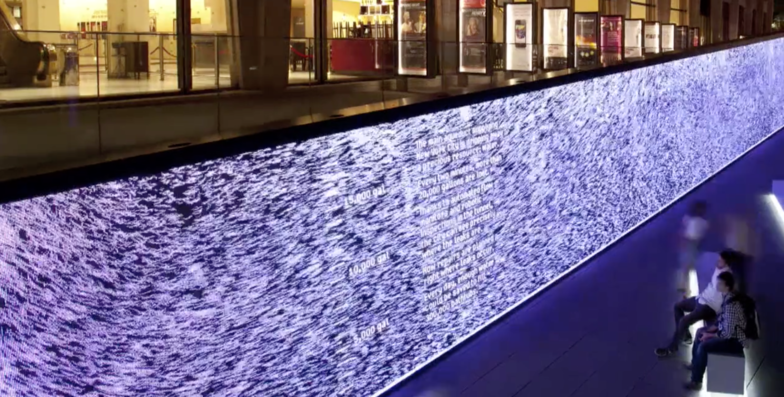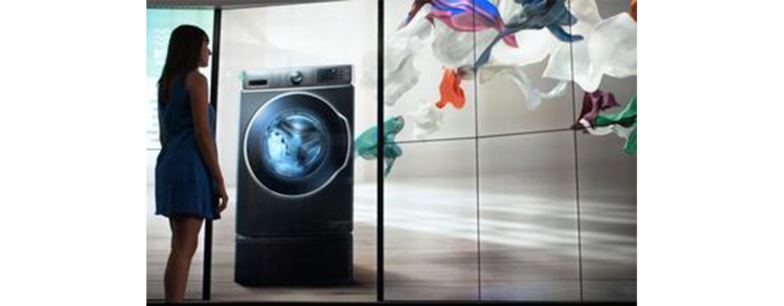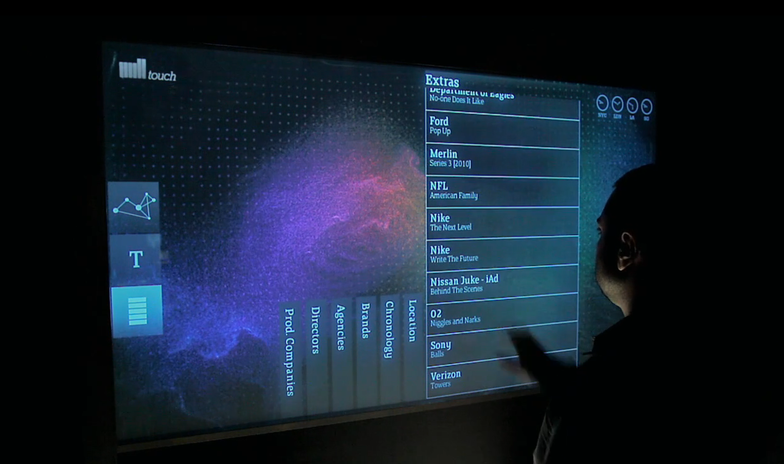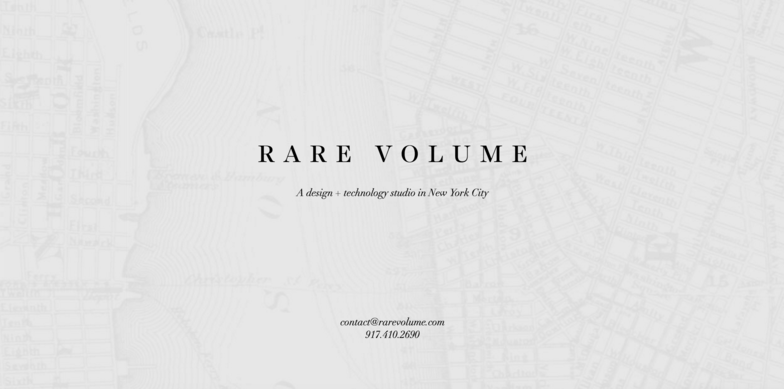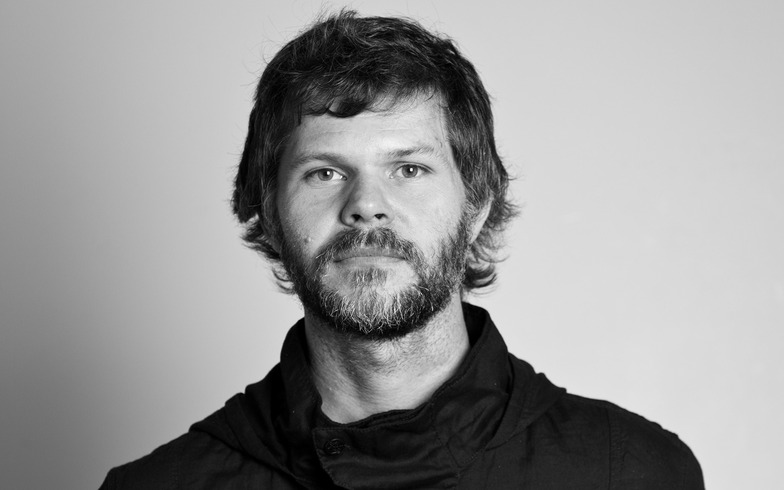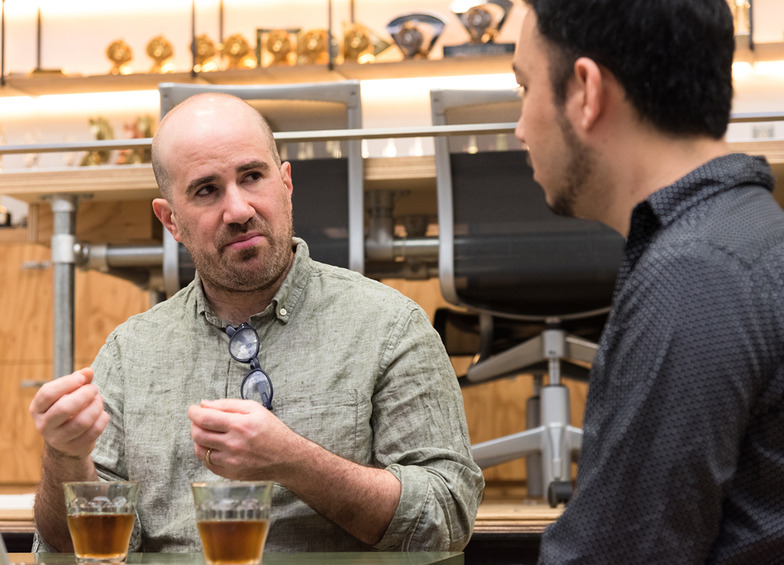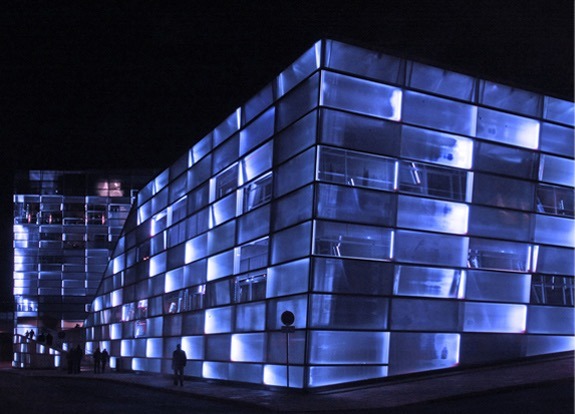Andrew: Cinder was born out of a "business necessity." At the time of development, I was working at the Barbarian Group with Robert Hodgin. He was proficient in Processing but had no experience developing in C++. So initially, Cinder was designed to provide an environment that was easy for Robert to build in.
But at the same time, we wanted to make it easy to optimize code for delivering commercial projects. Since high school, I'd been tinkering with C++ libraries (pre-written code that makes common tasks easier) alongside Hai Nguyen. Hai is now at Google and continues to make significant contributions to the Cinder community.
Hai and I developed this library further while working as technical directors in the film industry.
We incorporated creative coding concepts into the library we were building for VFX (Visual Effects, meaning special effects in video using computer processing), and the result was Cinder.
Kida: Recently, various new technology topics have emerged, including AI. As someone straddling technology and creativity, what topics interest you now?
Andrew: What I'm deeply focused on now is bringing designers into creative coding work. Traditionally, in creative coding projects, the creative aspects were handled by programmers. So developers were responsible for both technology and creativity, like a one-man band. Cinder was created to break this pattern, enabling programmers to collaborate with designers who can't program. Consequently, while Processing and openFrameworks focused on educating designers, Cinder didn't pursue that path.
What excites me now is creating tools that allow designers to focus on visuals and programmers to focus on programming, enabling division of labor. I'm far more interested in what two people can achieve by collaborating than what a single programmer can accomplish alone. This philosophy is the foundation behind Cinder and also underpins Rare Volume's approach.
Kida: Tell us what you want to create now.
Andrew: Rare Volume is already doing work we're proud of, and I can't wait for the day we can share it with everyone. We're running Cinder under cloud computing (a state where services can be accessed from any computer using the internet, etc.), and I believe this work will lead to exciting innovations. For example, it could be applied to title designs that play when TV programs start.
However, the exploration of combining design and coding has only just begun. Both as a company and as an industry, we still have a long way to go, so I'm most excited about seeing this exploration progress.
Kida: Thank you for answering each question, from your career to the history of Cinder.
[After the Interview]
Avoiding technology as a black box and actively embracing diverse talents
What I found fascinating in Andrew's story was that Cinder's users weren't limited to programmers. With "division of labor" in mind, the goal was to enable participation even for those who couldn't write code.
It's not just about creating a programming environment; it's about designing with a clear vision of how that environment should be used and how it can be used. When trying to create new forms of expression using technology, the key to success isn't turning things into a black box because they're unfamiliar. Instead, it's actively inviting people with unique talents and creating a process for trial and error.
Full version of this article here





